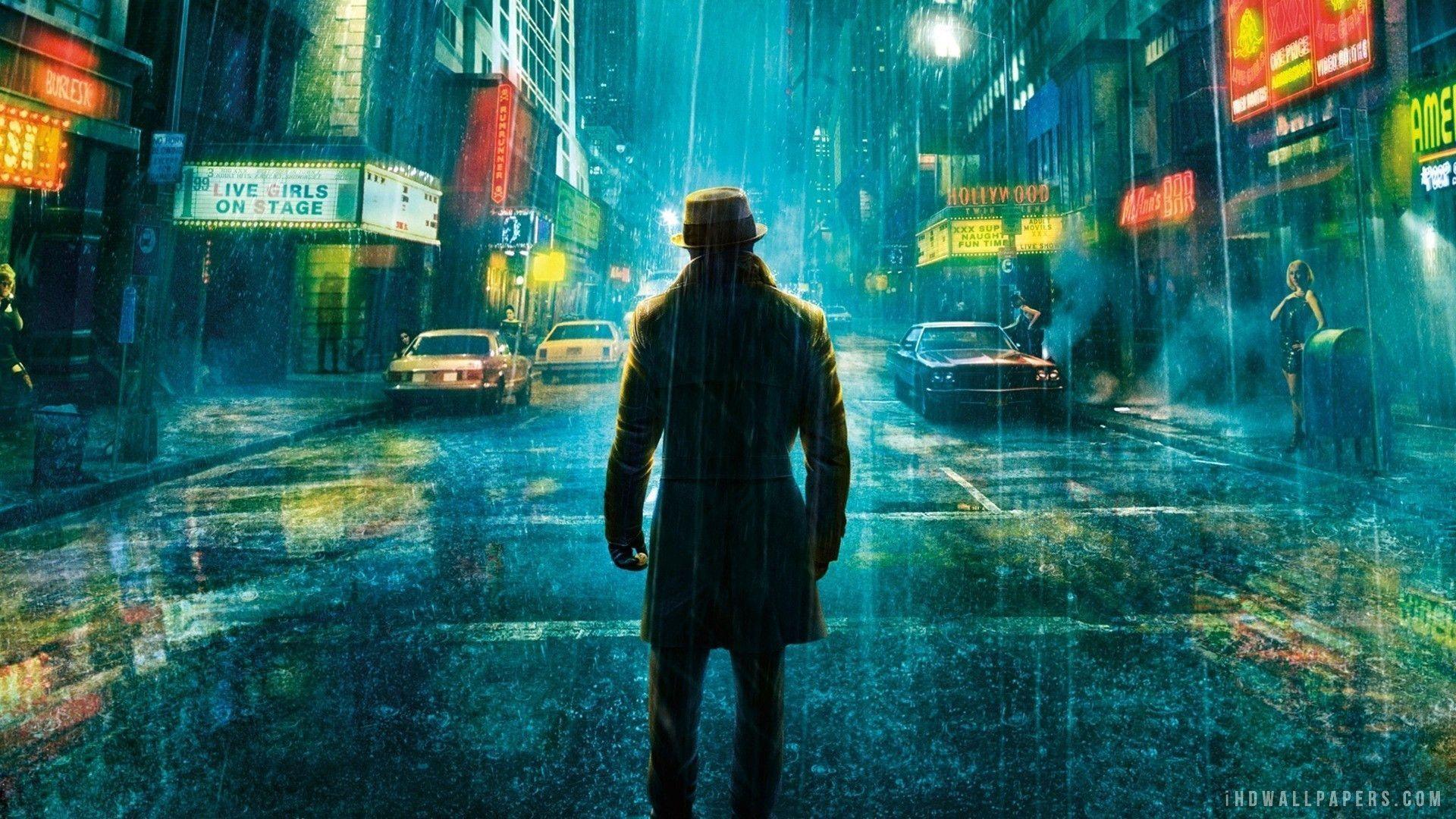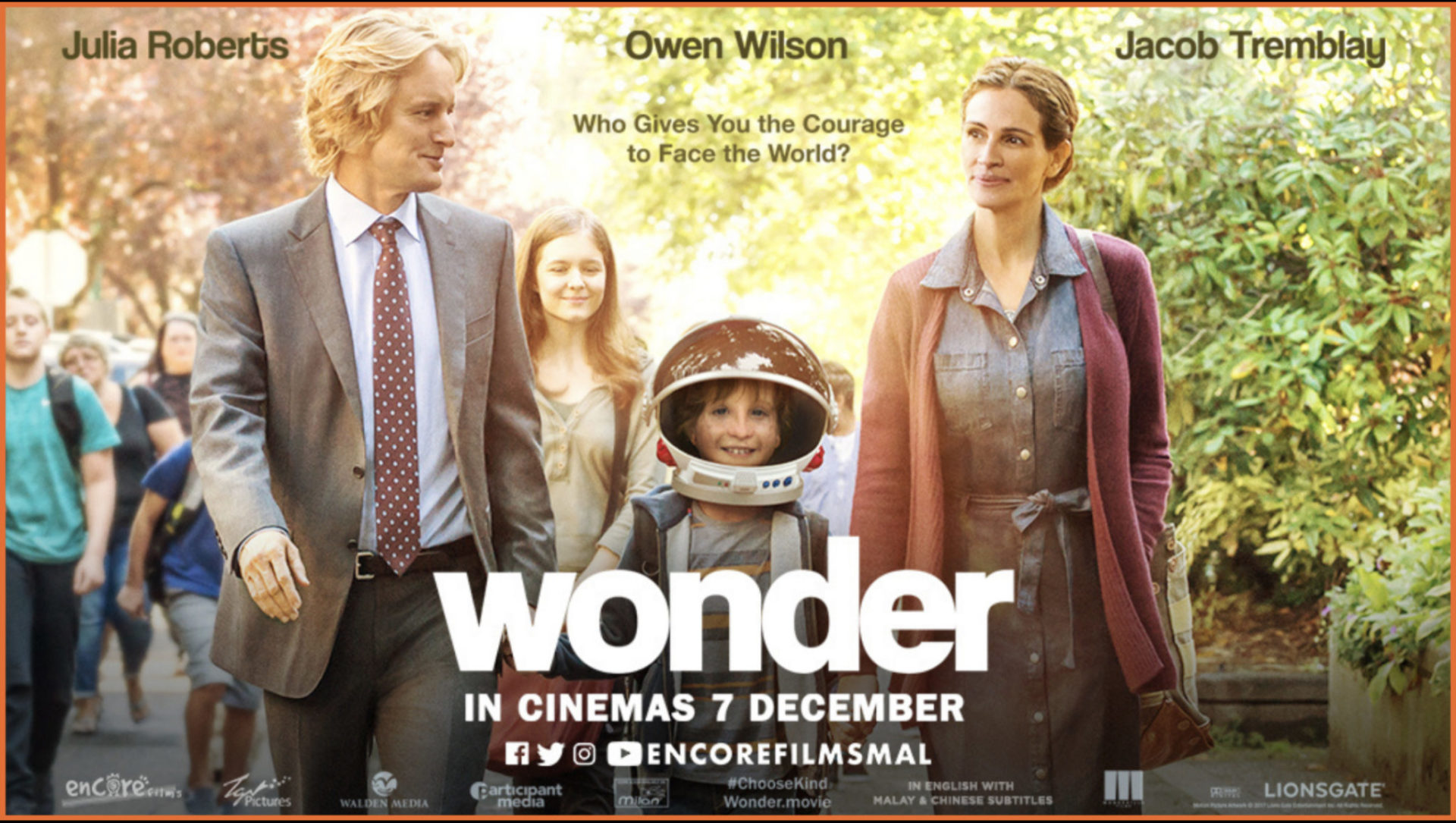**Film (Movie): A Comprehensive Overview**
A film, commonly known as a movie, is a form of visual storytelling that uses moving images and sound to convey a narrative, entertain, and evoke emotions. Movies have been a significant part of global culture for over a century, evolving in terms of technology, genres, and storytelling techniques. Here's a comprehensive overview of movies:
**1. **Evolution of Cinema:**
- **Silent Era to Talkies:** The early 20th century saw the transition from silent films to "talkies," with the introduction of synchronized sound. This marked a revolutionary shift in cinematic storytelling.
**2. Key Components of a Film:**
- **Script and Storytelling:** A well-crafted script is the foundation of a movie, providing the narrative structure and dialogues that actors bring to life.
- **Cinematography:** The visual language of film, including camera angles, lighting, and composition, plays a crucial role in conveying emotions and storytelling.
- **Sound Design:** Sound effects, music, and dialogue contribute to the immersive experience, enhancing the emotional impact of the film.
- **Editing:** The editing process shapes the final narrative by selecting and arranging scenes, creating a cohesive and engaging story.
**3. Film Genres:**
- **Drama, Comedy, and Romance:** These classic genres explore various aspects of human emotions and relationships.
- **Action and Adventure:** Known for high-energy sequences, stunts, and thrilling plotlines.
- **Science Fiction and Fantasy:** Explore futuristic or imaginative concepts beyond the realm of reality.
- **Horror:** Aim to evoke fear and suspense, often featuring supernatural or psychological elements.
**4. Film Industry and Global Impact:**
- **Hollywood:** The American film industry, centered in Hollywood, has been a major influencer globally, producing a significant portion of the world's most iconic movies.
- **Bollywood:** India's film industry, particularly Bollywood, is known for its colorful musicals and diverse storytelling.
- **International Cinema:** Films from various countries contribute to a rich tapestry of global cinema, each with its unique cultural perspectives.
**5. Technological Advancements:**
- **Special Effects:** Advancements in CGI (Computer-Generated Imagery) have revolutionized visual effects, allowing filmmakers to create spectacular and realistic scenes.
- **Digital Filmmaking:** The shift from traditional film to digital formats has democratized filmmaking, making it more accessible to independent filmmakers.
**6. Film Festivals and Awards:**
- **Cannes, Sundance, and Oscars:** Film festivals and awards ceremonies celebrate excellence in filmmaking, providing platforms for recognition and industry networking.
**7. Impact of Streaming Platforms:**
- **Netflix, Hulu, Amazon Prime:** The rise of streaming services has transformed how audiences consume films, allowing for on-demand viewing and a diverse range of content.
**8. Film as an Art Form:**
- **Auteur Theory:** Acknowledges the director as the primary creative force behind a film, emphasizing their unique artistic vision.
- **Film Criticism:** Critical analysis and reviews contribute to the appreciation and understanding of films as an art form.
**9. Cultural Influence and Societal Reflection:**
- **Mirror to Society:** Films often reflect and comment on societal issues, providing a lens through which audiences can view and contemplate various aspects of human existence.
**10. Future of Film:**
- **Virtual Reality (VR) and Immersive Experiences:** The exploration of VR technology offers new possibilities for immersive storytelling and viewer engagement.
Movies continue to be a powerful medium, shaping culture, sparking discussions, and offering a form of escapism for audiences worldwide. The dynamic nature of the film industry ensures that it will remain a significant and evolving part of global entertainment.
- Amazon Prime HD – Join
- Netflix Premium – Join
- Netflix Shows India – Join
- Hindi Cinema – Join
- Hollywood Movies – Join
- Bhojpuri Movies – Join
- Bollywood Movies – Join
- South Indian movies – Join
- Horror Cinema – Join
- The Movie Guys – Join
- Hollywood Hustle – Join
- Hindi Romantic Movies – Join
- Movies Galore – Join
- Horror Movies HD – Join
- Movie Buffs – Join
- Indian Movie Telegram – Join
- Telugu Filmnagar – Join
- Tollywood Movies – Join
- Malayalam Cinema Club – Join
- Hollywood Tamil Movies – Join
- Cinema Lovers Club – Join
| Netflix Romantic Movie | Join Link |
| Movies World | Join Link |
| Telegram Movie Channel | Join Link |
| Rainbow society review | Join Link |
| Movies Updates | Join Link |
| Movie Flixx | Join Link |
| Latest Animation Movies | Join Link |
| MX Player Officials | Join Link |
| Disney Movies & Series | Join Link |
| Amazon Prime Officials | Join Link |
| South Indian movies | Join Link |
| South Movies Collection | Join Link |
| New Release Movies | Join Link |
| Old Movies | Join Link |
| Upmong 4K HD Movies | Join Link |
| Latest Full Movie New | Join Link |
| South Indian Movies | Join Link |
Evolution of Filmmaking: From the Past to Present
The art and craft of filmmaking have undergone a remarkable transformation from its inception to the contemporary era, marked by advancements in technology, changes in storytelling conventions, and shifts in the global film industry. Here's a comprehensive overview of the evolution of filmmaking:
1. Silent Era (Late 19th Century - 1920s):
- Inception of Cinema: The Lumière Brothers and Thomas Edison were pioneers in creating the first moving images, giving birth to cinema in the late 19th century.
- Silent Films: The silent era relied on visual storytelling, utilizing intertitles and live musical accompaniment for narrative support.
2. Golden Age of Hollywood (1920s - 1950s):
- Introduction of Sound: The transition to "talkies" in the late 1920s revolutionized cinema, allowing for synchronized sound and dialogue.
- Studio System: Hollywood became the epicenter of global filmmaking, with major studios controlling every aspect of production, from talent to distribution.
- Genre Diversification: The era saw the establishment of various genres, from classic musicals and romantic comedies to film noir and epic dramas.
3. Post-WWII and Technicolor (1940s - 1950s):
- Technological Advancements: The introduction of Technicolor brought vibrant color to the screen, enhancing visual storytelling.
- Epic Productions: Filmmakers embraced larger-than-life productions, leading to the creation of epic films and cinematic masterpieces.
4. New Hollywood and Auteur Cinema (1960s - 1970s):
- Auteur Theory: Filmmakers such as Alfred Hitchcock and François Truffaut emphasized the director as the primary creative force, contributing to a more personal and artistic approach to filmmaking.
- Challenges to the Studio System: Independent filmmakers and directors began challenging the traditional studio system, resulting in a more diverse range of films.
5. Blockbuster Era (1980s - 1990s):
- Rise of Blockbusters: The era witnessed the rise of blockbuster films, characterized by high budgets, special effects, and widespread commercial success.
- Emergence of Franchises: Iconic franchises like Star Wars and Indiana Jones set the stage for the development of extended cinematic universes.
6. Digital Revolution (Late 20th Century - Present):
- Digital Filmmaking: The shift from analog to digital filmmaking democratized the industry, allowing for more accessible production methods and opening doors for independent filmmakers.
- CGI and Special Effects: Advancements in computer-generated imagery (CGI) revolutionized visual effects, enabling filmmakers to create previously unimaginable scenes.
7. Streaming Era (2000s - Present):
- Rise of Streaming Platforms: Services like Netflix, Hulu, and Amazon Prime transformed how audiences consume films, leading to the decline of traditional cinema.
- Content Diversity: Streaming platforms offer a diverse range of films, including independent and international productions, catering to a global audience.
8. Diversity and Inclusivity (2010s - Present):
- Push for Representation: Filmmakers and audiences advocate for increased diversity and inclusivity, leading to more authentic and varied portrayals of characters and stories.
- Recognition of Underrepresented Voices: Award ceremonies increasingly recognize and celebrate films that amplify underrepresented voices and perspectives.
9. Virtual Reality (VR) and Immersive Filmmaking (Present and Future):
- Exploration of VR Technology: Filmmakers experiment with virtual reality, offering audiences immersive storytelling experiences that go beyond traditional screen-based narratives.
- Interactive Storytelling: Innovations in storytelling allow viewers to participate in and influence the narrative, providing a more engaging and personalized experience.












